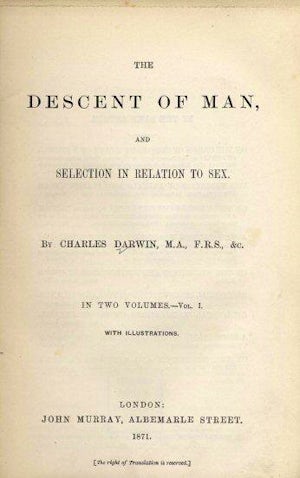1919. Eugenia: A Fictional Sketch if Future Habits was published in 1919, and is one of the earliest novels exploring eugenics in popular culture (Anders & Jackson, 2012). It was also the first science fiction novel published from Mexico in the twentieth century.
Eduardo Urzaiz was born in Cuba, and immigrated to Mexico when he was a young boy. He was a medical doctor, a teacher, a journalist, and a scholar (Dziubinskyj, 2007). He supported birth control in its early days, as well as post-secondary education for women, when these were still taboo subjects (Dziubinskyj, 2007). Urzaiz had experience with the mentally "unfit" through his work as the director of the Ayala Asylum mental institution in Merida, where he worked for over two decades (Dziubinskyj, 2007). Eugenia was Urzaiz's sole work of fiction, although he wrote extensively on anthropology, medicine, psychiatry, history, and art (Dziubinskyj, 2007).
The novel features a 23rd century society called Villautopia. In this society, reproduction is supervised by the State, and regulated through science. A Bureau of Eugenics exists, which is forced to make difficult choice for the goal of evolutionary perfection. After this perfection is reached, humans will all be socially and economically equal (Anders & Jackson, 2012). Urzaiz's work is informed by his professions and personal views, and by the end of the novel, the utopian society has "disintegrated into a dystopian nightmare" (Lockhart, 205, in Dziubinskyj, 2007, p.463).
Eugenia is an example of how far reaching eugenic theories were, and how influential they were in popular culture even at the beginning of the 20th century. Many other novels were published after Eugenia, exploring eugenic themes.
-Colette Leung
Anders, C. J., & Jackson, G. (2012). Pop Culture's 100-year Obsession with Eugenics. io9. Retrieved from: http://io9.com/5900898/pop-cultures-100-year-obsession-with-eugenics
Dziubinskyj, A. (2007). Eduardo Urzaiz's "Eugenia": Eugenics, Gender, and Dystopian Society in Twenty-Third-Century Mexico. Science Fiction Studies, 34(3): 463-472.
 1869:
Galton publishes Hereditary Genius
1869:
Galton publishes Hereditary Genius
 1871:
Charles Darwin publishes The Descent of Man
1871:
Charles Darwin publishes The Descent of Man